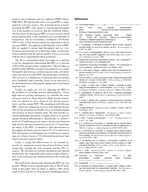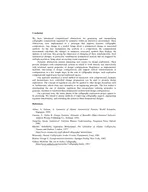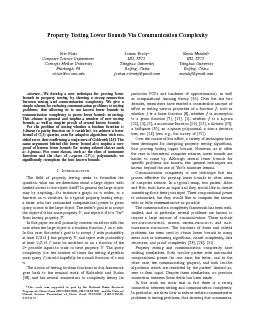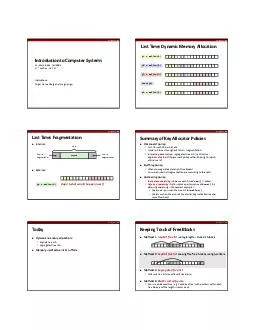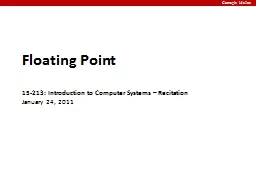PDF-How to determine a good multiprogramming level for externa l scheduling Bianca Schroeder
Author : test | Published Date : 2014-12-18
cmuedu Arun Iyengar Erich Nahum Adam Wierman IBM TJ Watson Research Center Yorktown Heights NY USA aruninahum usibmcom Abstract Schedulingprioritization of DBMS
Presentation Embed Code
Download Presentation
Download Presentation The PPT/PDF document "How to determine a good multiprogramming..." is the property of its rightful owner. Permission is granted to download and print the materials on this website for personal, non-commercial use only, and to display it on your personal computer provided you do not modify the materials and that you retain all copyright notices contained in the materials. By downloading content from our website, you accept the terms of this agreement.
How to determine a good multiprogramming level for externa l scheduling Bianca Schroeder: Transcript
Download Rules Of Document
"How to determine a good multiprogramming level for externa l scheduling Bianca Schroeder"The content belongs to its owner. You may download and print it for personal use, without modification, and keep all copyright notices. By downloading, you agree to these terms.
Related Documents

